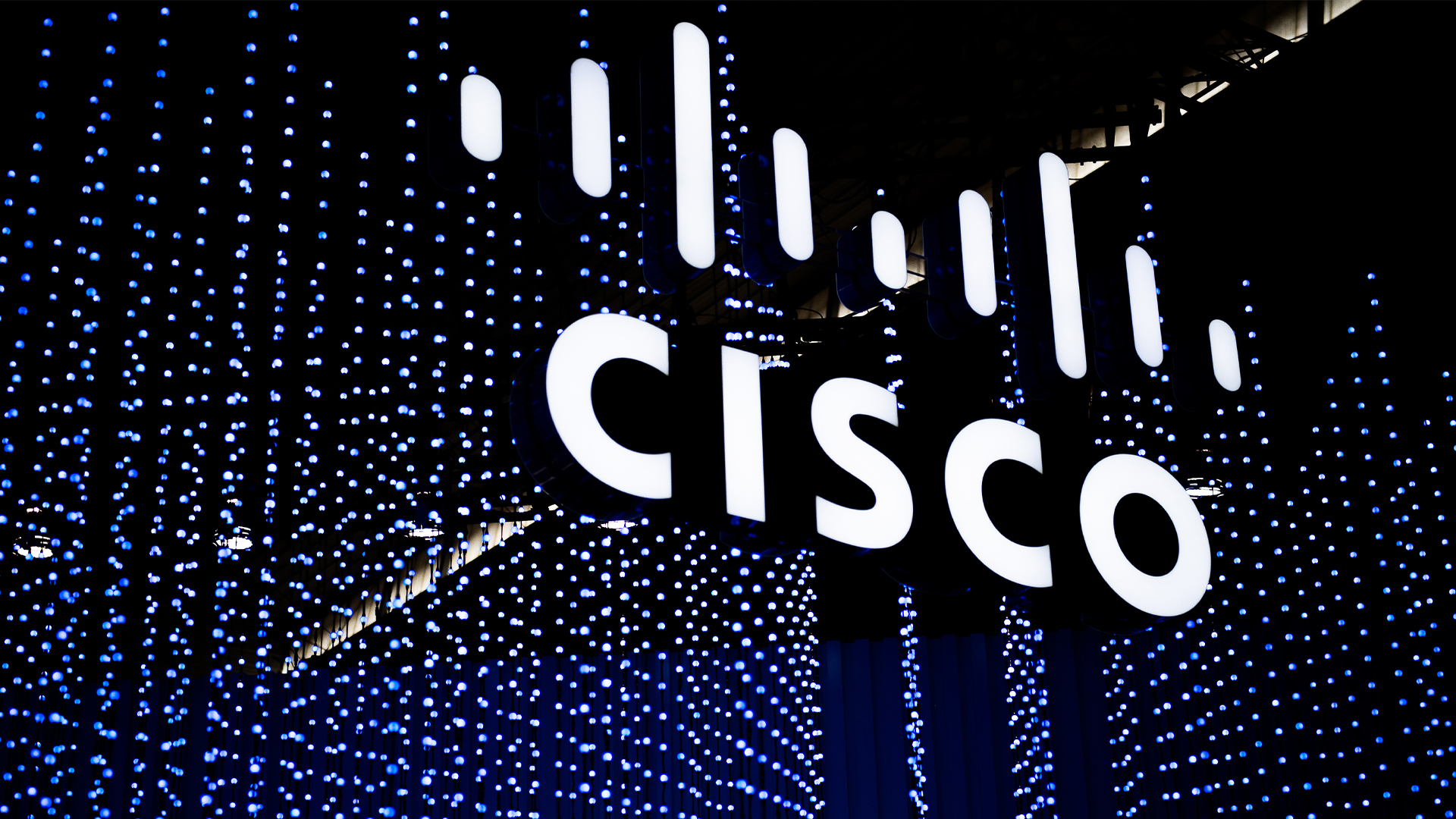Is the channel struggling with customer experience?
With companies now competing based on customer experience (CX), how can the channel get it right?


Today we are inundated with choice as to where – and how – we consume products and services. This means we expect exceptional customer experience (CX) from suppliers; if we are left feeling frustrated by a purchasing experience, we won't think twice about taking our business elsewhere.
As such, companies are increasingly realising that providing outstanding CX can be a game-changer for their business. Indeed, Gartner research shows that eight out of ten firms now compete mostly or completely on the basis CX, describing it as "the new marketing battlefront".
The same applies to the IT channel. A 2019 survey by IT trade association CompTIA reports that about two-thirds of channel firms say they've made changes – major and minor – to their approach to the customer experience. Another third are considering such actions.
"The one-stop-shop approach to customer engagement began going out the window with the advent of the internet," says Carolyn April, senior director of industry analysis at CompTIA. "It's only accelerated with the rise and impact of cloud computing, social media and now a host of emerging technologies that, among other things, fuel self-service procurement by clients.
"This reality is not lost on the IT channel. Two-thirds of respondents said the evolving demands of the customer experience have prompted them to make changes to their approach to client engagement and support."
Talk in the buyer's language
Forrester channel analyst Jay McBain believes it's essential that the channel gets CX right, for two reasons. "Decision makers are now everywhere in the organisation – 65% of tech projects (and money) are now outside the IT department and in line of business areas such as marketing, sales, finance, operations, and HR," he tells Channel Pro.
He adds: "Tech buyers are starting to look more like consumers, with 68% of their journey completed before they talk to a traditional salesperson. What is more concerning for channel companies is that 71% of these buyers reach vendor selection at the end of this stage of digital research."
ChannelPro Newsletter
Stay up to date with the latest Channel industry news and analysis with our twice-weekly newsletter
McBain says channel companies "need to get obsessed" over this new tech buyer's journey and make sure they have the visibility earlier in the cycle. "This means being hyperspecialised and talking in the buyer's language, including their role, sub-industry, geography, sector, size, and the technology solution focused on their business outcomes."
The CX challenge
Despite acknowledging the importance of CX among this new generation of tech buyer, channel firms are hindered in their progression by several factors: insufficient staffing in requisite job roles, lack of formal processes and a need for more staff training.
The situation is even more acute with SMBs – particularly among micro-sized firms with fewer than 10 employees. April notes that six in 10 channel firms with fewer than 10 employees lack a single dedicated customer service representative.
Challenges can also occur at the front and back ends of the customer relationship; beginning with customer recruiting and business development and ending with client renewal and retention.
"Companies recognise that having difficulties in attracting new customers and in keeping the ones you have is not a sustainable business model," April tells Channel Pro. "They acknowledge the need to create more customer-friendly options for engagement and to improve the actions they take to measure the success of their efforts."
Where to start?
"Delivering a customer experience that hits the mark, in terms of satisfying the evolving and diverse requirements of businesses is a necessity, especially in fiercely competitive environments," HP Eiselt, CMO at distributor Nuvias, tells Channel Pro.
Eiselt says Nuvias is helping channel partners "optimise their customer experience" through services such as business analytics intelligence, which can help partners read the market and identify opportunities for growth. It also makes available technology architects who can help tailor solutions to fit the customer business and provides marketing services to target specific audiences, as well as delivery schedules based on resellers' specific forecasts of future customer requirements.
He maintains that firms need to understand how to tune their businesses to make the best of their specialisms and local market opportunities. "They need to focus their offerings to address their chosen target audiences; this means adapting communication tools and marketing assets to have the best chance of delivering a compelling message to their customers."
"Mass, one-flavour distribution no longer works; instead, high quality, highly tailored services are what is needed today."
CX progression
According to CompTIA, 43% of companies surveyed have retrained technical staff; 36% have retrained sales staff; 33% hired dedicated customer service staff; and 31% hired full-time marketing and/or social media professionals.
Three in 10 channel firms say they've moved to an 'omnichannel' approach for interacting with customers, using a variety of tools and platforms to foster better communications. An equal number have embraced a hybrid approach, combining some new elements with more traditional go-to-market practices, such as in-store sales and basic ecommerce websites.
The balance of companies – about 40% – are sticking with a traditional approach to customer engagement, with the smallest channel firms most likely to stick with what they know.
April advises it best for companies to "look inward" first. "This can be a painful exercise, but it's better to gauge where you are at presently with specific operations before diving into something new," she says.
She says metrics are the only quantifiable way to accurately assess the job a firm is doing with its customers. These can include customer satisfaction surveys or what their customers are saying about them online and to other consumers.
"Transforming CX isn't a one-and-done activity," says McBain, adding that channel leaders ultimately need to undertake "deep research of buyers, prioritisation of their business outcomes, designing the optimal experience throughout the journey, enabling their teams with the appropriate resources, measuring each step, and driving a customer-obsessed culture from top to bottom".
Christine has been a tech journalist for over 20 years, 10 of which she spent exclusively covering the IT Channel. From 2006-2009 she worked as the editor of Channel Business, before moving on to ChannelPro where she was editor and, latterly, senior editor.
Since 2016, she has been a freelance writer, editor, and copywriter and continues to cover the channel in addition to broader IT themes. Additionally, she provides media training explaining what the channel is and why it’s important to businesses.
-
 Google faces 'first of its kind' class action for search ads overcharging in UK
Google faces 'first of its kind' class action for search ads overcharging in UKNews Google faces a "first of its kind" £5 billion lawsuit in the UK over accusations it has a monopoly in digital advertising that allows it to overcharge customers.
By Nicole Kobie
-
 Neural interfaces promise to make all tech accessible – it’s not that simple
Neural interfaces promise to make all tech accessible – it’s not that simpleColumn Better consideration of ethics and practical implementation are needed if disabled people are to benefit from neural interfaces
By John Loeppky
-
 Cisco names Oliver Tuszik as global sales chief
Cisco names Oliver Tuszik as global sales chiefNews Cisco has announced the appointment of Oliver Tuszik as its new executive vice president of global sales, who replaces Gary Steele.
By Daniel Todd
-
 Katun targets accelerated growth, greater collaboration with new partner portal
Katun targets accelerated growth, greater collaboration with new partner portalNews Printing and imaging specialist Katun has announced the launch of its new Katalyst Partner Portal, designed specifically to drive channel collaboration.
By Daniel Todd
-
 ‘Here in the European market, I think we are in a good position’: DocuWare CEO Dr Michael Berger on the company’s rapid growth
‘Here in the European market, I think we are in a good position’: DocuWare CEO Dr Michael Berger on the company’s rapid growthNews ChannelPro sat down with DocuWare CEO Michael Berger to discuss the company's rapid growth and channel strategy.
By Bobby Hellard
-
 Group-IB launches partner program as channel-first strategy kicks off in Europe
Group-IB launches partner program as channel-first strategy kicks off in EuropeNews The vendor said the initiative reflects its commitment to building a resilient cyber security ecosystem across Europe
By Daniel Todd
-
 Datatonic eyes fresh growth drive with new CEO appointment
Datatonic eyes fresh growth drive with new CEO appointmentNews Datatonic has announced the appointment of Scott Eivers as its new CEO as the enterprise data and AI solutions provider looks to its next phase of growth.
By Daniel Todd
-
 Marketing talent brain drain could stunt channel partner success
Marketing talent brain drain could stunt channel partner successNews Valuable partner marketing skills are at risk of being lost as the structure of channel marketing teams continues to shift, according to new research.
By Daniel Todd
-
 LevelBlue launches new partner program that’s “built for the future”
LevelBlue launches new partner program that’s “built for the future”News The new partner initiative features a flexible, consumption-based model to help partners drive revenue
By Daniel Todd
-
 SonicWall pins ‘transformational year’ on strong partner growth
SonicWall pins ‘transformational year’ on strong partner growthNews The vendor’s channel-first strategy has fueled a 42% year-over-year increase in overall partner growth
By Daniel Todd